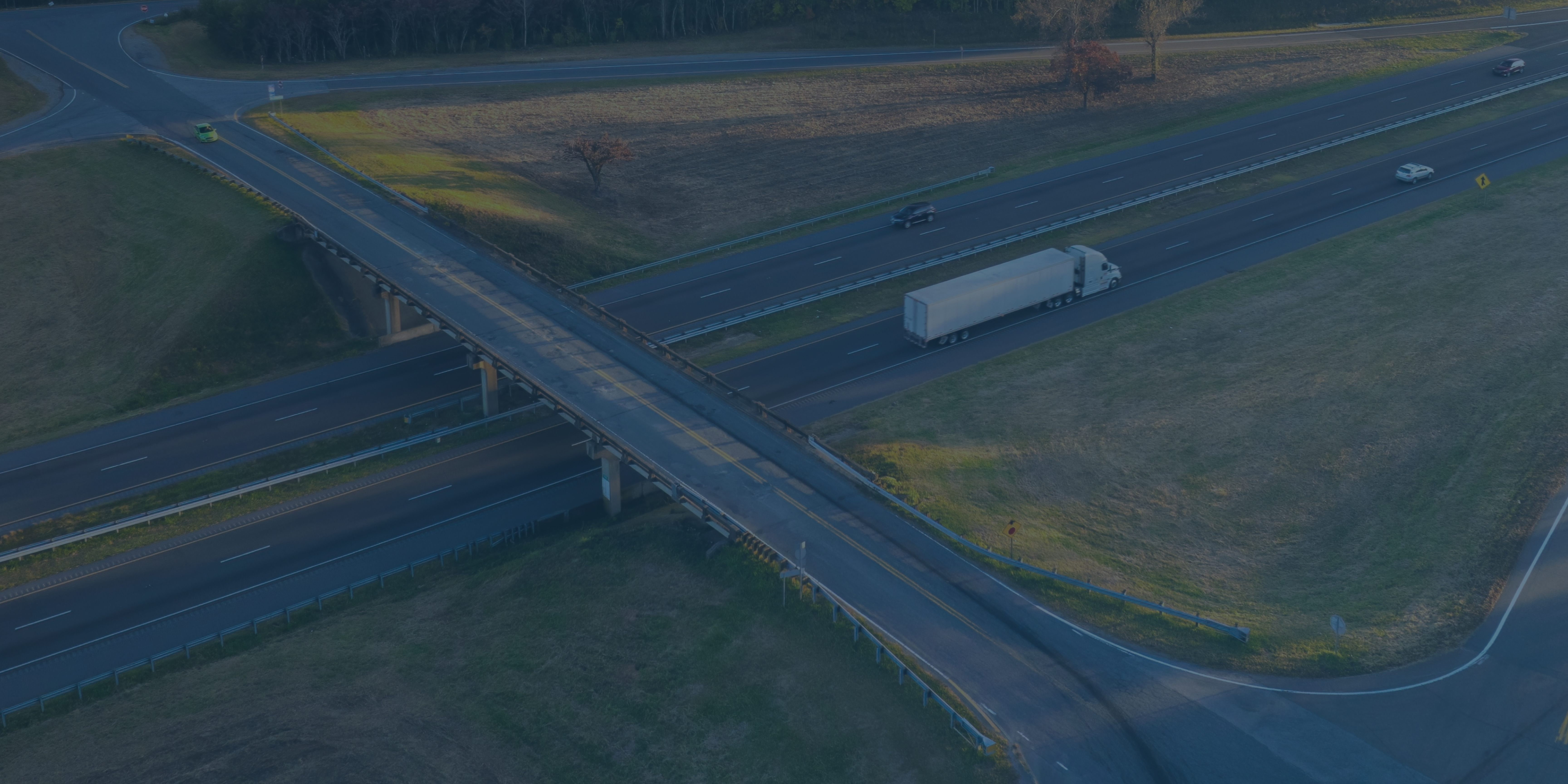How to Optimize Risk Outcomes with Driver Behavior Analytics and Continuous Monitoring

With miles driven surpassing pre-COVID highs and claims severity skyrocketing, understanding how drivers behave behind the wheel has become critical for managing risk and preventing future claims. Driver behavior analytics is quickly becoming the sharpest tool that many commercial Loss Control teams use to unlock this level of visibility. By leveraging telematics data and continuous driver monitoring tools, insurers can help their clients identify and eradicate risky behaviors, reducing claims and ensuring more stable insurance portfolios.
The Role of Driver Behavior Analysis in Loss Control
Behavioral driving data leverages telematics systems to monitor key metrics like speeding, harsh braking, rapid acceleration and cornering. These insights can empower insurers to take a faster, more targeted approach to interventions that reduce risk and claims. In fact, 71% of commercial carriers surveyed for SambaSafety’s 2024 Telematics Report offer or subsidize Loss Control solutions because they understand the value that this information holds.
Discover 6 Keys to Success in Telematics for Insurance Companies
Commercial insurers and brokers alike are recognizing the value of having more insight into the ongoing driving behavior and patterns within their portfolio. According to our telematics survey data, 64% of commercial carriers and 50% of commercial brokers plan to increase their loss control resources within the next year, signaling widespread recognition of the value of behavioral driving data.
Why This Matters for Risk Management
The ability to proactively identify and address risks is at the heart of loss control. Conducting a comprehensive driver behavior analysis enables insurers to spot patterns such as frequent speeding or harsh braking, which are often precursors to claims. By addressing these behaviors early, insurers can prevent costly collisions.
Improved driver behavior benefits everyone involved. Fleets benefit from a decrease in violations and crashes while paying lower premiums. Insurers enjoy lower losses and more loyal, trusting client relationships. This proactive approach also contributes to creating a culture of safety among policyholders, further enhancing risk management outcomes.
Control Distracted Driving to Control Risk
A major risk factor that commercial Loss Control teams are weary of is distracted driving. Activities like texting, using apps or engaging with other distractions in the vehicle compromise driver focus and can have lethal outcomes. In 2022, distracted driving claimed 3,308 lives, emphasizing its devastating impact on road safety.
For commercial insurers, the consequences are clear. Distracted driving leads to higher claims frequency and increased severity. Addressing this issue requires a focused approach that combines monitoring with education to reduce the prevalence of these risky behaviors.
Improve Client Interactions with Driver Behavior Analysis
As road exposure increases, continuous monitoring of driver behavior is becoming an increasingly important part of effective risk management. The leading indicators from telematics devices allow insurers to assess risk proactively and intervene in a timely fashion. Continuous monitoring is a helpful tool that empowers both fleets and insurers to make better decisions about risk.
SambaSafety’s recent efficacy study found that combining continuous monitoring with driver training led to an impactful 77% reduction in violations within just 12 months. This success proves the value of identifying risks through telematics and addressing them through actionable training programs.
Policyholder Benefits of Behavioral Driving Data
There is currently a gap between what insurers believe and the reality of how fleets are operating. Our 2024 Telematics Report findings showed that 75% of commercial carriers believe that convincing fleets to share their data would be the greatest challenge to building a telematics offering. On the other hand, 74% of fleets say they have never been asked to share their data, and 62% of fleets don’t foresee an issue with sharing their driving data.
For insurers to truly capitalize on the benefits of driver behavior analytics, they must guide policyholders in effectively using telematics programs. Here are a few recommendations to engage with commercial clients:
1. Educate Policyholders
Insurers should provide clear insights into what the telematics data reveals and how acting on it can significantly enhance program outcomes.
2. Deliver Actionable Feedback
Insights from telematics must translate into meaningful action. Insurers can provide policyholders with targeted feedback and training tailored to address specific behaviors, such as distracted driving or speeding.
3. Offer Incentives for Adoption
Encouraging participation in telematics programs through premium discounts or safety rewards can drive adoption and improve overall driver behavior. 43% of our survey respondents offer better terms to fleets in exchange for data sharing, which can foster both compliance and trust.
4. Foster a Culture of Safety
Insurers can support policyholders in creating an organizational culture that prioritizes safety. Subsidizing telematics programs, like 71% of insurers we surveyed, or providing tools to celebrate safety milestones can help reinforce the importance of risk management.
Embracing driver behavior analytics by leveraging telematics and continuous monitoring offers commercial insurers an opportunity to transform the way that they manage risk. With intentional collaboration and innovation, loss control teams can elevate their risk management and improve profitability outcomes.
Explore the Latest in Telematics
See how other commercial insurers are engaging with telematics in SambaSafety’s 2024 Telematics Report: Connecting the Dots on Strategies & Adoption.



